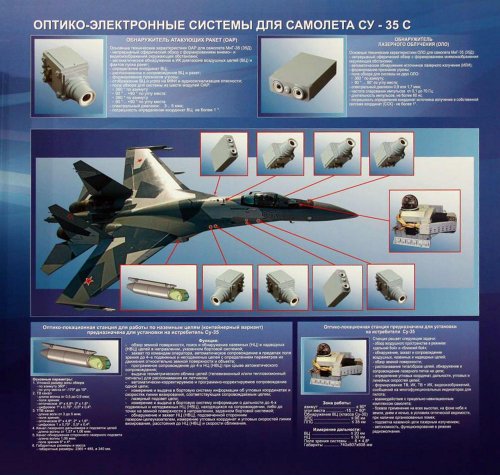XaHyMaH
ACCESS: Restricted
- Joined
- 22 February 2010
- Messages
- 34
- Reaction score
- 88
bobbymike said:https://www.express.co.uk/news/world/969994/russia-stealth-fighter-jet-features-su-57-photos-radars-beaming
Another I-predict-RCS-by-a-photo Guru? ;D
BTW There's new pics of composite wing panel of new Sukhoi's Okhotnik UCAV


